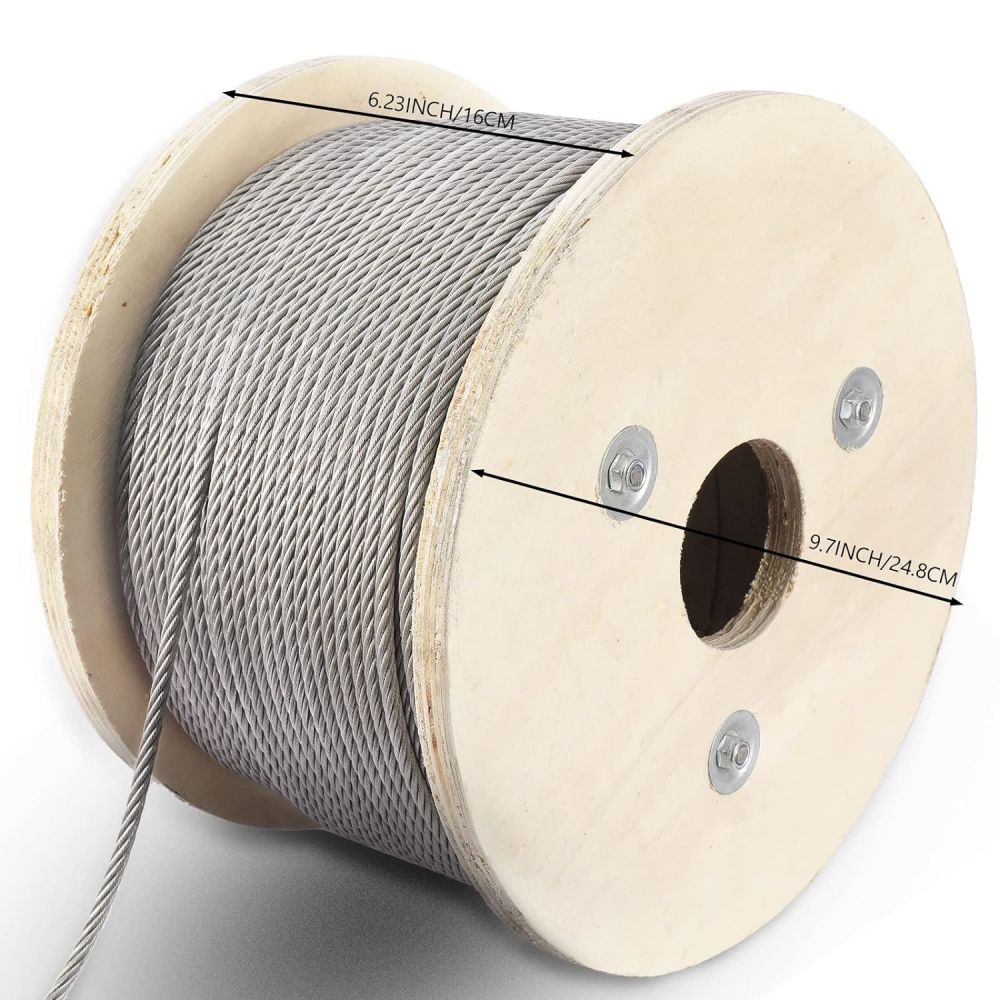
Stainless wire ropes are vital for their strength and corrosion resistance. Blogs offer insights for professionals and DIY enthusiasts on their uses and benefits. Here’s what you can typically expect to find in these blogs:
This article explores the detailed manufacturing process of special steel wire rope, highlighting the significance of precision and quality control.
The process begins with selecting high-quality steel, sourced from reputable suppliers and rigorously tested to meet specific standards. The chosen steel is melted in a furnace and cast into ingots or billets, which are then heated and rolled into thin sheets or strips at a rolling mill.
These sheets or strips are further processed into wire rods by passing them through rollers to achieve the desired diameter. The wire rods undergo treatments like annealing or normalizing to enhance their mechanical properties and ductility.
Next, the treated wire rods are spun into wire strands by passing them through a series of dies, reducing their diameter to the required size. These strands are coiled and twisted to form a lay structure, the fundamental building block of wire rope. The choice of lay structure, such as Lang lay or Warrington lay, depends on application-specific requirements like load capacity, working environment, and flexibility.
The wire strands are then twisted together in a process called stranding to form a larger strand, which is coiled and twisted to create the final wire rope. Stranding ensures the wire rope’s strength and durability by distributing the load evenly and preventing localized stress concentrations.
The final wire rope undergoes rigorous quality control tests, including tensile, fatigue, and bend testing, to ensure it meets required specifications. These tests determine the wire rope’s load capacity and working life, crucial for its suitability in various applications.
In summary, manufacturing special steel wire rope involves a complex and precise process, with each stage vital for ensuring the product’s durability and reliability. The strength, flexibility, and durability of special steel wire rope make it indispensable in numerous industries, supporting a wide range of applications.
Stainless wire ropes are vital for their strength and corrosion resistance. Blogs offer insights for professionals and DIY enthusiasts on their uses and benefits. Here’s what you can typically expect to find in these blogs: